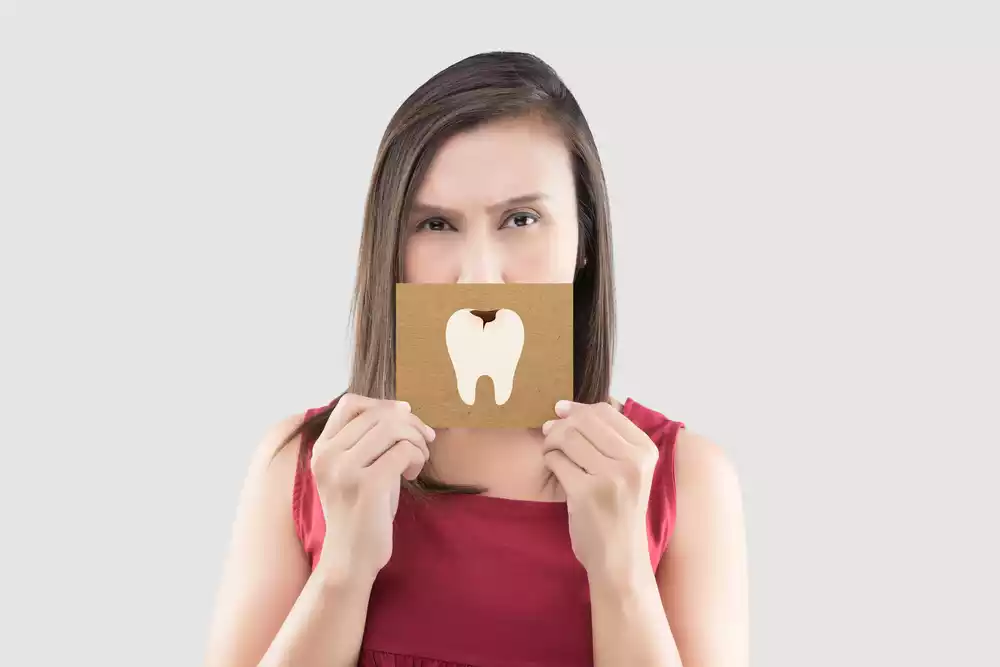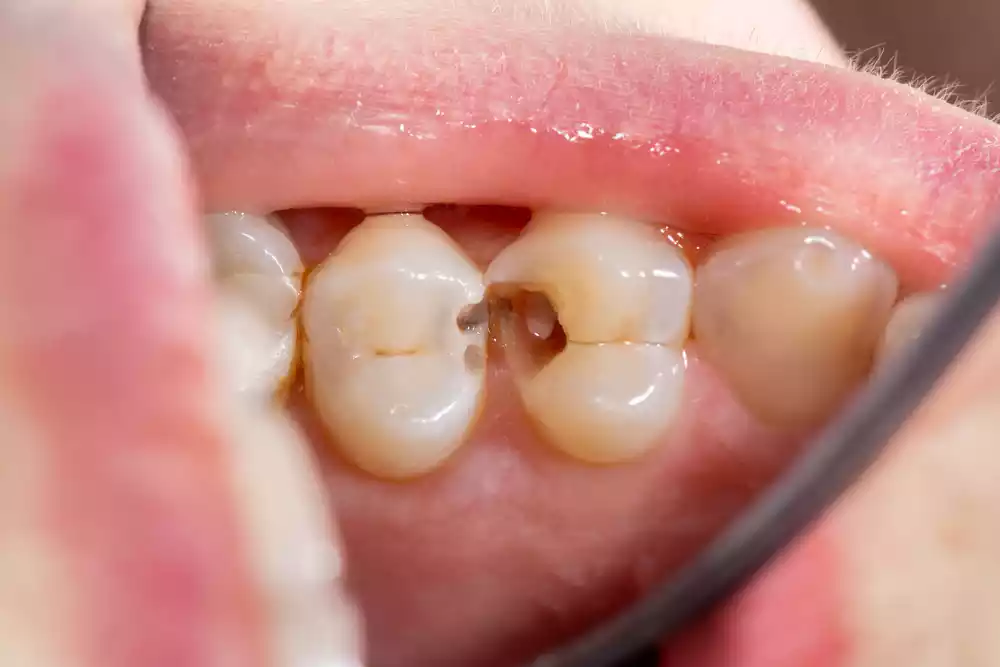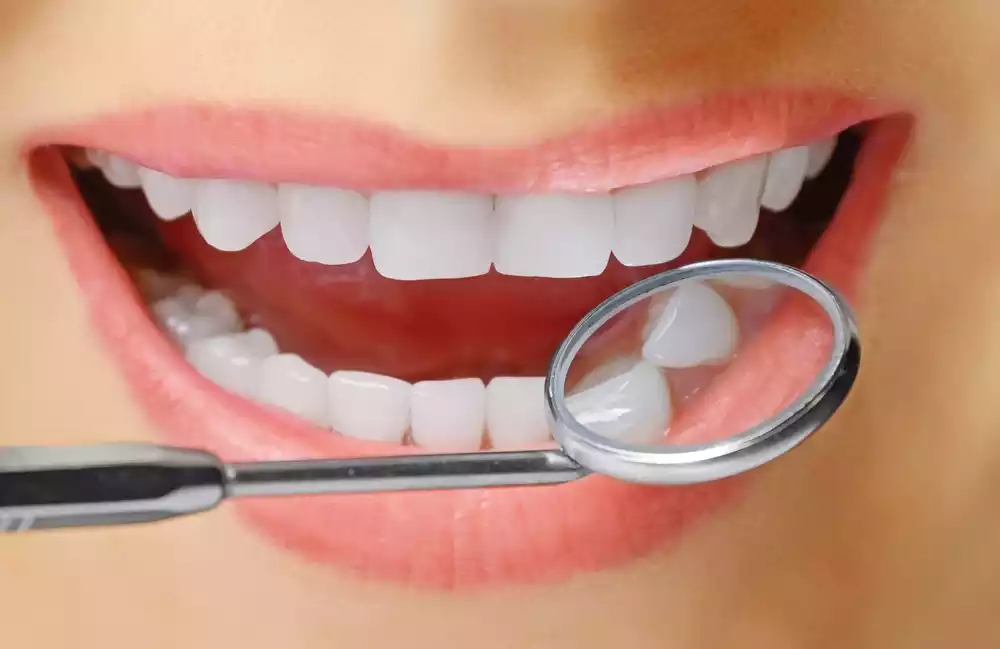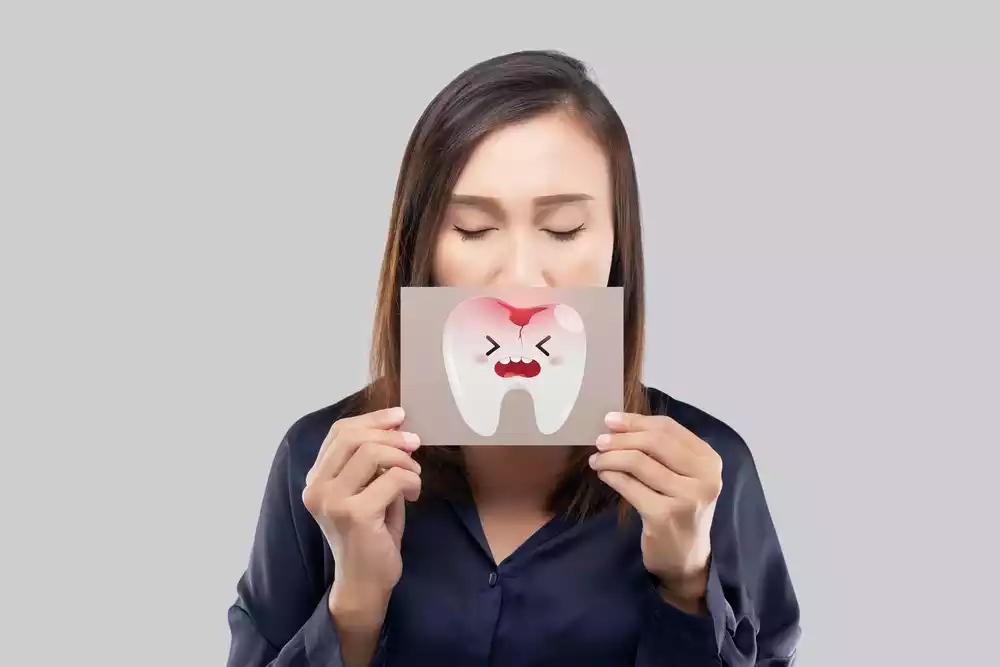Cavities, those pesky little holes in our teeth, can be quite a nuisance. They not only cause discomfort and pain, but if left untreated, they can lead to more serious dental issues. That’s why it’s important to be able to recognize the signs of cavities early on. In this article, we’ll walk you through some common indicators that may suggest you have a cavity lurking in your mouth. From tooth sensitivity to visible discoloration, we’ll cover it all. So, let’s dive in and learn how to recognize the signs of cavities before they wreak havoc on our oral health.
Why are cavities a problem?
Cavities may seem like a minor issue, but they can actually cause significant problems if left untreated. Understanding why cavities are a problem and recognizing the early signs of cavities is essential for maintaining good oral health. Let’s explore some of the reasons why cavities should not be taken lightly:
1. Tooth Decay:
Cavities, also known as dental caries, are the result of tooth decay caused by the interaction between bacteria in the mouth and food particles. When plaque, a sticky film of bacteria, begins to accumulate on the teeth, it produces acids that attack the tooth enamel. Over time, these acid attacks weaken the enamel, leading to the formation of cavities. If left untreated, cavities can deepen and progress to the inner layers of the tooth, causing even more extensive damage.
2. Sensitivity and Pain:
One of the first signs of a cavity is tooth sensitivity. You may experience discomfort or pain when consuming hot, cold, or sweet foods and beverages. This sensitivity occurs because the cavity destroys the protective outer layer of the tooth, exposing sensitive nerves underneath. As the cavity progresses, the pain can intensify, making it difficult to eat or drink without discomfort.
3. Infection and Abscess Formation:
If a cavity is not treated promptly, it can lead to more serious dental issues. Bacteria can penetrate the tooth’s inner layers, reaching the pulp chamber, which contains nerves and blood vessels. This can result in an infection, leading to symptoms such as severe pain, swelling, and even the formation of an abscess. Dental abscesses are pockets of pus that form around the tooth root and can cause intense pain and systemic complications if left untreated.
4. Structural Damage:
As cavities progress, they can weaken the tooth structure, making it susceptible to fractures or breakage. The combination of weakened enamel and ongoing decay can result in larger cavities that compromise the stability of the tooth. In some cases, extensive decay may require more invasive treatments like root canal therapy or even tooth extraction.
Recognizing the signs of cavities and addressing them early on is crucial for preventing further damage to tooth structure and maintaining optimal oral health.

Understanding the causes of cavities
Cavities, also known as dental caries, are a common dental issue that affects people of all ages. They occur when the hard surface of the tooth, known as enamel, becomes damaged and forms a hole, or cavity. Understanding the causes of cavities can help us recognize the signs of cavities early on and take necessary preventive measures.
Poor Oral Hygiene
One of the primary causes of cavities is poor oral hygiene. When we don’t brush and floss our teeth regularly, plaque begins to build up on the surface of our teeth. Plaque is a sticky film that contains bacteria, and if it’s not removed through proper oral hygiene practices, it can lead to tooth decay and cavities.
Sugar and Starchy Foods
Consuming excessive amounts of sugar and starchy foods can also contribute to the development of cavities. When we eat sugary or starchy foods, the bacteria in our mouths feed on the sugars and produce acids as a byproduct. These acids can erode the tooth enamel, leading to the formation of cavities.
Acidic Foods and Drinks
Acidic foods and drinks can also weaken the enamel and make our teeth more susceptible to cavities. When we consume acidic beverages such as soda, sports drinks, or citrus juices, or eat acidic foods like citrus fruits, pickles, or tomatoes, the acid can break down the enamel over time, creating an environment conducive to cavity formation.
Dry Mouth
Having a dry mouth can increase the risk of developing cavities. Saliva plays a crucial role in maintaining oral health as it helps to wash away food particles, neutralize acids, and remineralize the teeth. When we have a reduced saliva flow, often as a side effect of certain medications or medical conditions, our teeth are at a higher risk of developing cavities.
Acid reflux disease
Acid reflux disease, also known as gastroesophageal reflux disease (GERD), can contribute to cavities. The acid refluxed from the stomach into the mouth can erode tooth enamel and promote cavity development, particularly on the backside of the teeth.
By understanding the causes of cavities, we can be more proactive in recognizing the signs of cavities early on. Regular dental check-ups, maintaining good oral hygiene, limiting sugary and acidic foods and drinks, staying hydrated, and addressing any underlying medical conditions can help prevent cavities and maintain optimal oral health.

Common signs of cavities
Cavities can be silent troublemakers, often hiding beneath the surface of our teeth. However, there are certain signs that can indicate the presence of a cavity. Being aware of the signs of cavities can help you catch them early and seek appropriate dental treatment. Here are some common signs of cavities to watch out for:
1. Tooth sensitivity: One of the first signs of a cavity is increased tooth sensitivity, especially to hot, cold, sweet, or acidic foods and drinks. If you find yourself experiencing pain or sensitivity while consuming these items, it may be a sign that a cavity is developing.
2. Toothache: As a cavity progresses, it can cause persistent toothache or localized pain. This pain may be mild at first but can become more intense over time. If you notice a persistent toothache, it’s important to schedule a dental appointment to determine the cause.
3. Visible holes or pits in teeth: Cavities can create visible holes or pits on the surface of your teeth. If you notice any unusual changes in the texture or appearance of your teeth, especially in the form of small, dark spots or pits, it could be indicative of a cavity.
4. White spots: A common early sign of tooth decay is the appearance of white spots on the surface of the tooth. These white spots occur due to the demineralization of the enamel and may be a precursor to a cavity. If you notice any unusual discoloration on your teeth, it’s important to consult your dentist.
5. Bad breath: The bacteria associated with cavities can produce a foul smell, leading to persistent bad breath. If you have chronic bad breath that is not improved by regular brushing, flossing, and using mouthwash, it could be a sign of tooth decay.
Remember, these signs are not definitive proof of a cavity, but they indicate that there may be an issue with your oral health. If you notice any of these signs of cavities, it’s crucial to visit your dentist for a thorough examination and appropriate treatment.

Signs of Cavities: Schedule your dental appointment
If you’ve noticed any of the signs of cavities outlined in this guide, it’s time to prioritize your oral health. Schedule a comprehensive examination and tailored treatment at Molar House, the best dentist in Tijuana. Our experienced team is committed to providing unparalleled dental care, addressing the signs of cavities and safeguarding your smile. Don’t delay – take the first step towards optimal oral health and book your appointment with Molar House today. Your radiant, cavity-free smile awaits!






